As an Amazon Associate I earn from qualifying purchases.
OK, so you’ve had a banner day and shot your limit of ducks, probably with a whole bunch of bonus geese. Now what do you do? Here’s how to clean a duck, as well as everything you need to know about processing, breaking the birds down, and how you can use pretty much everything but the quack when you’re eating ducks. Ready? Here we go!
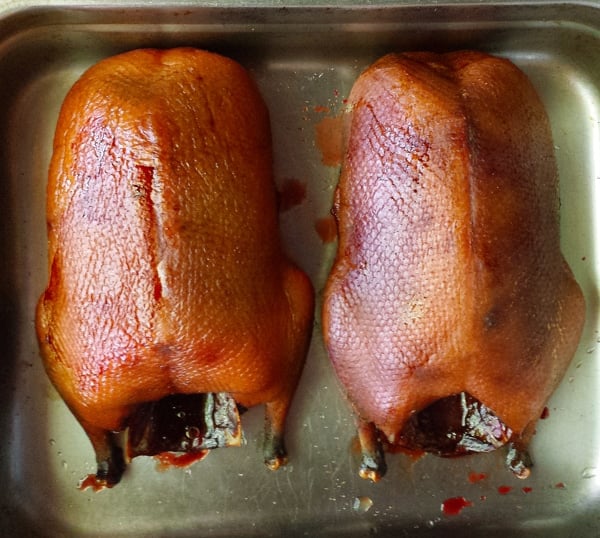
First the birds need to be aged, plucked or skinned. Generally I don’t age waterfowl too long, because our birds tend to be fat, and duck fat goes rancid fairly fast unless you hang the birds in temperatures under 50°F. But at those temperatures, aging takes a long time.
I wrote extensively on hanging game here if you want more detail.
My general practice is to let the birds sit in a cool place for 1 or 2 days, often in the fridge, then pluck or skin. You can keep waterfowl in the fridge for up to a week, though.
How to Clean a Duck
When it comes time to decide whether to skin or pluck, it depends on the bird. Sea ducks and divers shot over salt water I almost always skin. I also skin most snow geese, and spoonies (a/k/a shovelers) if their skin is orange; orange skin and fat means the birds have been eating crustaceans and will be fishy. The color is the same thing that turns a salmon’s meat orange.
For step-by-step instructions on skinning, Holly and I made a video on how to skin a duck.
We pluck most birds, though. There are lots of ways to pluck birds, but we use paraffin wax and a hot-cold water bath. For why you ought to consider plucking more birds, and not just waterfowl, read here. We also made a video on how to pluck a duck, too, so you can see how we do it.
Our method of plucking takes about 10 to 20 minutes per bird, depending on how skilled you are or the size of the bird. Diver ducks are harder to pluck than puddle ducks, and snow geese are harder than specklebelly geese or Canadas.
Once plucked or skinned, gutting is easy. I take kitchen shears and clip off the feet, then chop off the head and the second joint on the wing (I toss the wingtips). I save most of them; more on that later. Then I use the shears to chop off the tail, taking care to not damage the gizzard. I save the tail, too.
After that I get some cold water running and then reach into the cavity and grab the gizzard. This usually pulls out the intestines, too. I toss the intestines and keep the gizzard. (Here is a video on how to clean the gizzard).
That leaves the heart and liver. I gently reach inside and with my fingers dislodge any connective tissue holding the liver in place, then pull it and the heart out. I trim the top part of the heart off, right above the ring of white fat.
For the livers, you need to remove the bile duct, which looks like a green Nyquil gel cap. I gently pinch this away from the liver under cold water without breaking it — if you break it, the bile fluid is very bitter and can spoil the liver, thus the running water.
After that, a quick rinse and the duck is ready for the fridge. I pat them dry with paper towels and put them in a closed plastic container in the refrigerator for up to a week before freezing. I always will keep them at least overnight to firm up the fat. Once they’ve aged a bit in the fridge — they dry out a little, like dry-aged beef — I vacuum-seal them and freeze.
Oh, and those heads and feet I’m saving? I cut out the tongues, which are used a lot in Chinese cooking. I have a great recipe for crispy fried duck tongues. The feet go into my duck broth. Feet have collagen, and, once you hack them up with a cleaver or kitchen shears, that collagen is released into the broth, making it thicker and richer without adding fat.
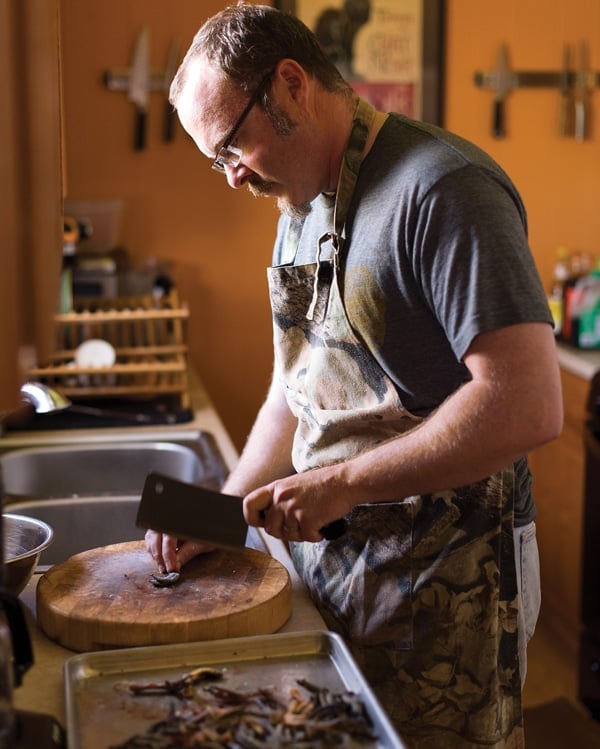
Eating Everything But the Quack
Over the years, I have learned that when it comes to eating ducks and geese, you can eat pretty much everything but the quack.
I have grown used to the funny looks I get from hunters who typically just cut out the breast meat on their birds. Hell, I even get funny looks from people who pluck their birds. I can’t help it. I shot these ducks. They’re dead because of me. The least I can do is not waste them.
So what can you do with all these lovely bits of bird?
Well, we all know how lovely a perfectly cooked duck breast can be, and most of us know that duck legs are wonderful braised or made into confit. But what about the wobbly bits?
Hearts can be eaten in several ways, either sliced and stir-fried, or braised for a long time. I am fond of deviled duck hearts. I actually make a raw, duck heart tartare that is one of the dishes I make in cooking competitions a lot — it has never failed to impress. If this is a bit much for you, use the hearts in your broth-making or add them to your ground up duck for meatballs or duck burger.
Gizzards are destined for the stockpot if they are small, such as those from teal or spoonies. If they are large — and especially goose gizzards — I clean them, trim them and make them into confit. I learned this trick from Paula Wolfert in her The Cooking of Southwest France. If you hunt ducks and don’t have this book, you are missing out on a lot. Trust me.
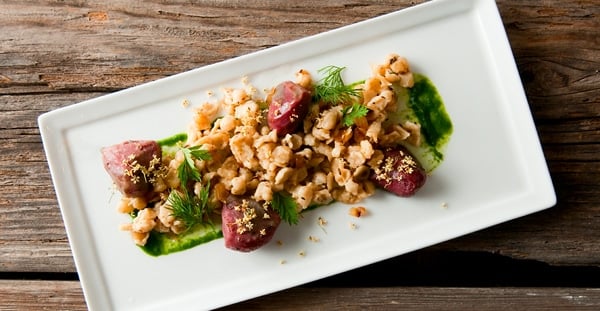
In general, gizzards need to be cooked for a long, long time. Like overnight kind of long. My favorite gizzard dish is where I “corn” the gizzards like corned beef and then cook them gently for a full day in a SousVide Supreme. It is a magical, mystical dish.
You can also fry gizzards, the way they do in Montana, or add them to your duck broth. Once cleaned and ground up, they’re a great addition to sausage. I’ve actually designed a duck giblet sausage specifically for this.
Livers had always been a problem for me. I don’t like the texture of liver, although I like the flavor. There is one exception, however, and that is when we get a “wild foie gras,” a liver that has grown large and fat from the bird gorging itself on rice or whatever. These livers are spectacular seared simply and served with good balsamic vinegar and salt.
Normally I make duck liver ravioli; my recipe is inspired by Mario Batali’s Babbo Cookbook, which has a similar version. Livers are also excellent in pâté. I am experimenting with a couple German liver recipes — liver dumplings (leberknoedel) and a liver sausage like liverwurst. I’ll post on them when I get the recipes just right.
Now we get to the weirder parts of eating ducks.
If you happen to have a mallard, pintail or goose, you should try saving the neck skin. What I do is push out the bones and meat (they go into the stockpot), then clean the inside of the skin, pull out the windpipe and voila! You have the greatest sausage casing Nature has ever devised. I came up with this idea all by myself and was so proud of it — until I later read that those damn French have been doing it with geese for centuries. Nothing new under the sun. You’ll find more on making sausages with a bird’s neck here.
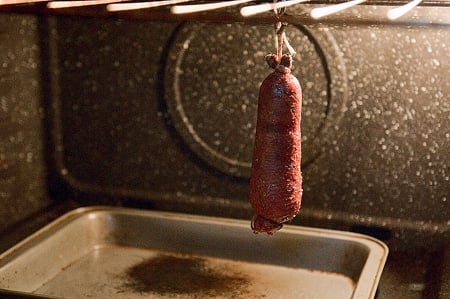
I’m not done yet. Not by a long shot. Wild duck fat, anyone?
As it happens, the tails — the Pope’s nose — on ducks and geese are typically very, very fatty. And one of the great joys of eating wild ducks is that they are among the precious few wild animals blessed with copious amounts of delicious fat; the fat under the skin is why you never skin a duck breast unless that fat is fishy-tasting. So what do I do with the various Pope’s noses? I hack them to bits and render the duck fat. I got a cup and a half from the batch of 15 ducks Holly and I shot that opening weekend back in 2008, and that is not uncommon. I once got 1/2 cup of white, sweet-tasting fat from one drake pintail.

Be sure to use the tails from puddler ducks or seed-eating ducks. Don’t use divers, and be careful about spoonies — they can be fishy. My advice is to start with pintails and teal, then move to wigeon and mallards. Gadwall are up to you; if you like gadwall flavor, add them. Here is how I render duck or goose fat.
And then, when you are left with duck cracklins’, you can stew them in Mexican salsa verde to make the classic dish chicharron en salsa verde, which is amazing on a corn tortilla.
For those of you who do not hunt, keep in mind this guide to eating ducks works with domestic ducks and geese just as well as it does with the birds we bring home from the marsh. And for those of you who do hunt, I hope this gives you a little inspiration to do something a little different with your birds this year. May you shoot well and lose none!
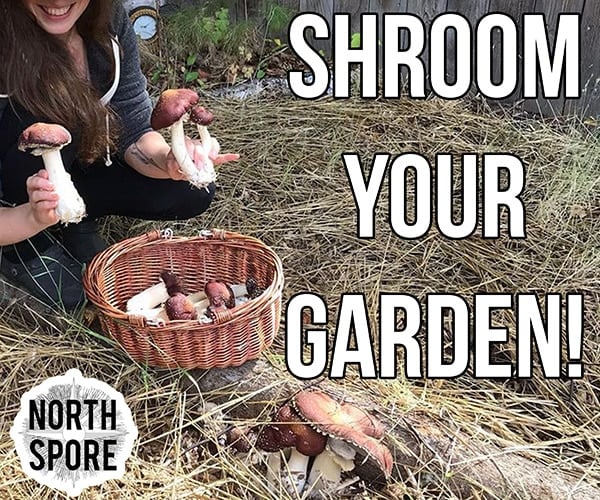


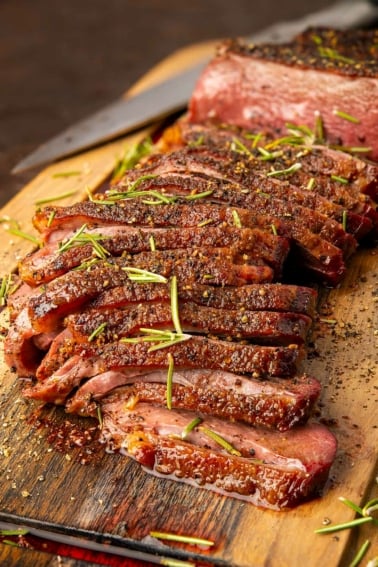
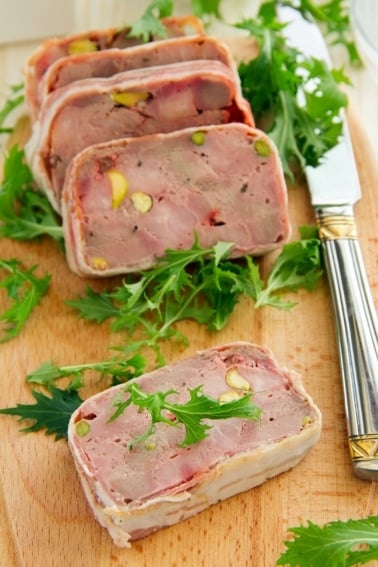

Your blog is well written and extremely informative. Such a wealth of information! I have nine geese to hang. I’m excited to share my results.
Thank you for the article it helped us in our first slaughter. We have our own ducks and geese, however they roam around on 4.5 hectares during the day feeding on whatever they find! the whole processing went really well and the feathers came off VERY easily from our 1 yr old male using the hot water method. Letting him rest overnight before cooking. The tubing I also kept and will stuff it with something! Many thanks again
Hi Hank,
I’m searching your site for duck tongues, but not finding it…Help?! ;-P
Anna: not up yet. Been keeping it a secret — although the full recipe is in my duck and goose cookbook!
Thanks Hank! I will stay tuned! (And I’m also curious about what to do with heads. Thus far, I have been discarding them.) 🙁
Just finished plucking 2 ducks, after reading your advise. Great help thanks. I didn’t have wax to remove the down so singed it off with a plumbers (yes I am) blow torch. A bit smelly but workers a treat.
Can you please point me to a demo for prepping the tongue (like the gizzard video, which was excellent!)
Or step-by-step instructions would be fine.
There is nothing on the internet for how to do this. Specifically, am I to remove the outer skin? How?
Thanks so much!
Anna: Stay tuned. I plan on doing a step by step this week, as it happens!
Thanks, Hank. I love your book, I look through it almost every week. Keep up the good work, you’re a true class act.
Hey Hank, what are your recommendations on freezing ducks? I know duck fat can go rancid pretty quick. That fat is the best part, I don’t really like having to skin all my ducks before freezing.
Duck fat does not go rancid in the freezer. I have kept rendered duck fat in a Mason jar for 18 months in the freezer and it was perfectly fine. Ditto for whole plucked birds — so long as you vacuum seal them.
Fab articles. Seeing as I’m from the UK, I don’t get to hunt but I can lay my hands on the odd pheasant or duck. Got a duck today so am going to give this lot a go. Love the idea of the sausage too. Oh and I just so happen to have some wax lying around. Thanks for some very easy to follow instructions 😀
G Dawg: Sorry for the late reply, but I’d toss them.
Hank,
I cleaned up 4 mallards yesterday and failed to refrigerate the feet. My wife “found” them 3-4 hours after I’d put the rest in the fridge. She is of the opinion that they have spoiled and are useless, now. Is it necessary to refrigerate the feet as well as the meat? Thanks.
Brent: Yep, that’s normal. No process is perfect!
When using the wax method I still ge the occasional tiney feather left behind. Is it possible I am not doing it right or is this normal? thanks
Big Onion: Depends on how old your birds were. If they were old, I’d kill and then hang in the feathers, ungutted, in a cool place for a few days. If they’re less than a year, no need for that. Kill, pluck, gut, then let them sit in the fridge for a couple days to dry a bit.
We’ve been raising ducks for eggs for years, and this past weekend we did our first slaughter for meat. (I’m not sure why it took so long, but after slow roasting one and smoking the other, I don’t think we’ll have any hesitations about it again.)
Does hanging really apply just to game fowl, and not domestic fowl? We plucked (no paraffin, but let’s say we won’t make that same mistake again) and gutted, then I set them in the fridge for about a day. Would it have been better to slaughter and let them hang for a few days before processing?
And yet another great post to go along with your great book. Glad you wrote both!
Hank, My tribal Elders would appreciate your sense of value taken reward…..the whole bird………weary we are of folks who shoot tens of thousands of birds and breast them throwing the rest in the cattails or garbage………..We also appreciate your formula for aging………btw duck sausage has been a stapple for first nations folks for centuries……..Only in paintings does Ducks naked tail resemble a nose…….Personally we have been skinning ducks for decades……..and using the whole bird……..Try reposting the update on the article..for the new and up coming hunters; many states are imbracing youth hunting with firearms at age 10…….
young hen mallard my favorite as they are picky eaters……….
Resource management with Biblical attitude……..
Riverwalkerr
Thanks for this interesting post Hank. I had no idea you can use so many things from a duck. Last December was my first time duck hunting. I think I had just as much fun cooking the birds as I did hunting them.
I wish I had read this post sooner, but I’ll save it for next season. I’m definitely telling my hunting buddies about it. Thanks again!
Well, Hank, after reading your posts and mostly lurking here for a year I’ve taken action. I finally broke down and ordered a plucking kit. The plucker requires some assembly, but promises to pluck ducks in 1.5-2 minutes. Geese will take a bit longer. After many years of skinning and breasting ducks and geese, I’m very anxious to try many more recipes for whole birds, prepared with skin intact! Now all I have to do is manage the feathers.
WOW! I have finally found someone who thinks and enjoys the bounty as I. I have been floundering with the same sort of stuff. Do you hang your duck prior to cleaning when it is cold. The opener was GREAT. What about easy as duck soup?? You have peaked my interest. You mention stock and such… I will go back and re read you stuff I just returned for a 14 bird 1 speck opening out of willows.
HuntingHarold